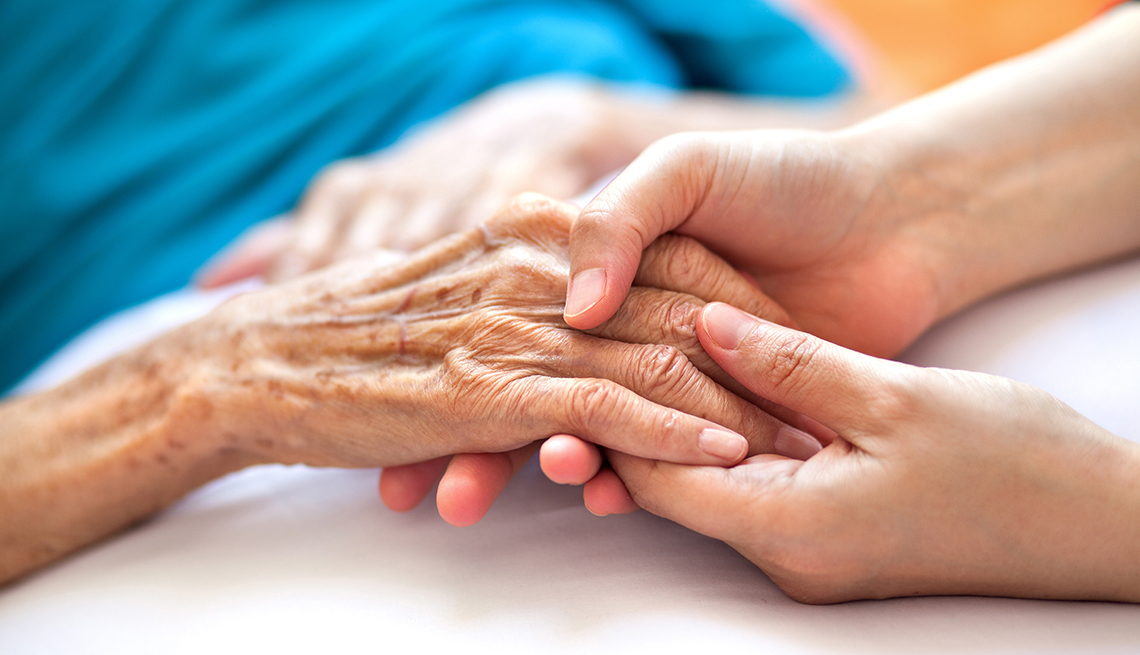Overview of Survival and Glioma
Introduction
Receiving a diagnosis of glioma is very challenging and people often have questions about what the chances are for recovery. Here, we will discuss what may influence the recovery outlook, the potential for long-term survival with a poor prognosis, and how to deal with death and dying from end-stage disease.
Recovery Outlook
The recovery outlook following a diagnosis of glioma is difficult to predict and is dependent on many different factors. One of the most important considerations in determining prognosis is whether the tumor is aggressive. The World Health Organization (WHO) classifies gliomas in 4 grades, with a higher grade being more aggressive and having a worse prognosis. Grade I and II gliomas are considered low-grade and often have a reasonable prognosis.
Up to 95% of people diagnosed with Grade I gliomas may survive past 5 years. Grade II gliomas also have a good prognosis but may be more unpredictable and have the potential to transform into the more aggressive Grade III and IV gliomas.
High-grade gliomas, Grades III and IV, are very invasive and malignant. They carry a poor survival time that may be measured in months rather than years. Grade III gliomas are more aggressive than the low-grade variants and have a higher risk of recurrence. Grade IV gliomas grow rapidly and invade healthy brain tissue. They are the most aggressive and malignant of all gliomas. Only 7% of patients with glioblastoma, a grade IV astrocytoma, survive 5-years after diagnosis.
Other factors that may impact recovery include age at diagnosis. Young adults aged 15-39 often have the best prognosis versus children under 15 or those over 40 years of age. While all these factors including tumor grade, treatment, and age may be used to predict outcomes, every patient’s case is unique and more accurate predictions may be made in consultation with your or your loved one’s care team.
Following diagnosis, attention turns to making treatment decisions. Treatment may consist of a combination of surgery, radiation, and chemotherapy. More aggressive, higher-grade tumors may demand more aggressive treatment. When making treatment decisions, it is important to consider several factors, the most important of which is establishing the patient’s goals of care. While aggressive treatment may extend the amount of time people have with their loved ones, they do not come without side-effects and may worsen existing symptoms.
Surgery is invasive and may come with a difficult recovery. Radiation therapy may lead to cognitive impairment including memory issues and reductions in processing speed since radiation can damage healthy tissue in addition to tumor. Chemotherapy also comes with a risk of cognitive impairment and may also cause side-effects throughout the body depending on the type of medicine used.
These side-effects may be troubling, and it is important to balance these tough side-effects with the benefits of more treatment. This decision is ultimately a difficult one and is best made while the patient is well-informed and with a clear understanding of the patient’s goals of care. These goals may change at any time and treatment plans should adjust accordingly.
Long-Term Survival
Long-term survival after diagnosis of a Grade IV glioma, often referred to as glioblastoma, is rare with an average life expectancy of 14-16 months. However, there are very rare instances where longer survival may be possible. The most important factor in achieving long-term survival is related to the genetic make-up of the tumor.
Some glioblastomas have unique genetic factors that make them more vulnerable to currently developed therapies. This includes genetic mutations in the genes for O6-methylguanine-DNA methyltransferase (MGMT) enzyme which repairs damaged DNA and isocitrate dehydrogenase (IDH) which is an enzyme involved in metabolism.
MGMT is an enzyme that is responsible for repairing DNA that becomes damaged. MGMT repairs genetic mutations caused by DNA damage, allowing cells to avoid death and continue to function appropriately. However, in tumor cells, a high level of MGMT may impact the effectiveness of chemotherapy.
Chemotherapy works by damaging the DNA of tumor cells which result in tumor cell death. High levels of MGMT enzyme in tumor cells allow the cell to repair damage caused by chemotherapy. As a result, tumor cells with high levels of MGMT enzyme are more resistant to chemotherapy while those with low levels of MGMT enzyme are more sensitive to chemotherapy. Thus, patients who have tumors with low levels of MGMT have a better prognosis, with a median survival time of 22 months.
Similarly, IDH is an enzyme that is important for energy usage and metabolism of cells. Tumors with high levels of IDH can use energy more efficiently and thus may be more aggressive. In some tumors, low levels of IDH enzyme may be present and tumor cells are not able to use energy as efficiently. Because of this, tumors with low levels of IDH are less aggressive which can improve prognosis. With a favorable IDH mutation, median survival time is 31 months.
Currently, long-term survival with glioblastoma is rare but researchers are working to develop new, experimental therapies to improve outcomes. These include the creation of targeted medicines that are specific to individual tumor characteristics and take advantage of tumor weaknesses like those described above.
Why should you have your surgery with Dr. Cohen?
Dr. Cohen
- 7,000+ specialized surgeries performed by your chosen surgeon
- More personalized care
- Extensive experience = higher success rate and quicker recovery times
Major Health Centers
- No control over choosing the surgeon caring for you
- One-size-fits-all care
- Less specialization
For more reasons, please click here.
Death and End Stage Glioblastoma
Death and end-stage glioblastoma is an extremely difficult topic for patients and their loved ones to come to terms with. Patients and their caregivers often have questions on what to expect and how to approach this difficult time.
End stage glioblastoma often presents with gradual worsening and evolution of symptoms. This may include progressive weakness that causes a decrease in activity and an inability to care for oneself. Patients may also experience a decline in their level of consciousness and ability to speak or respond to their environment.
In the later stages of disease, patients may even experience changes in their personality or behavior. The presence of some or all of these symptoms may indicate that death is near, though an exact prediction is difficult to make. Over time, these changes can result in an increased dependency on caregivers which may be demanding and difficult to handle. It is important to maintain compassion and empathy for each other during this tremendously difficulty time.
Conclusion
A diagnosis of glioma is challenging for both the patient and their loved ones. It can be a confusing time and one of the first questions that patients and loved ones ask involves the prognosis. The prognosis can be difficult to predict and is dependent on many individual factors of the patient and qualities of the tumor including the grade and certain genetic markers.
Taking all these factors into account can help determine next steps including the development of a treatment plan focused on the patient’s goals of care. Unfortunately, some types of gliomas have a poor prognosis with survival measured in months. In these instances, it is important to understand and be prepared for a gradual transition. While this process may be challenging, certain things can be done to help ease the suffering of both the patient and their families.
Takeaway Points
-
Recovery outlook following a diagnosis of glioma is dependent on individual patient factors and characteristics of the tumor itself.
- Low-grade gliomas (Grades I and II) are less aggressive and typically have better outcomes.
- High-grade gliomas (Grades III and IV) are aggressive and tend to have poorer outcomes.
- Death and end-stage gliomas are difficult topics to discuss but appropriate counseling can provide some peace to all involved.





